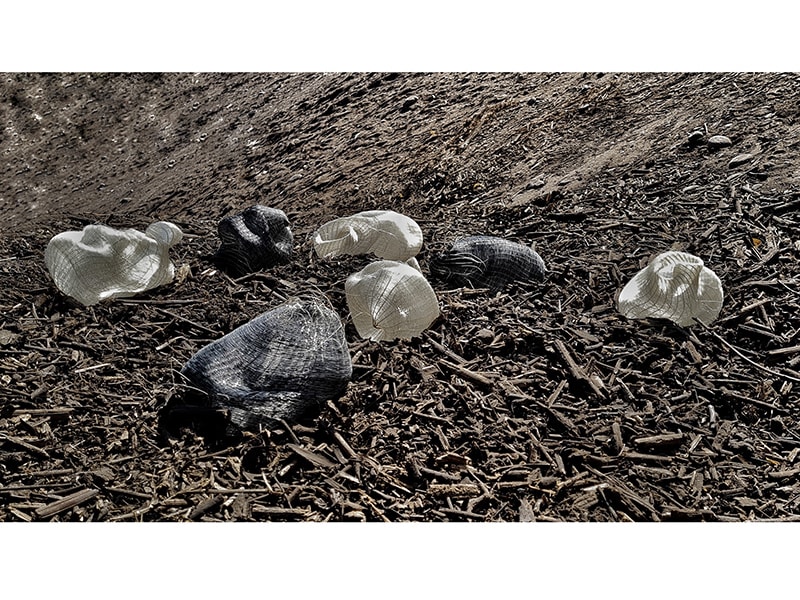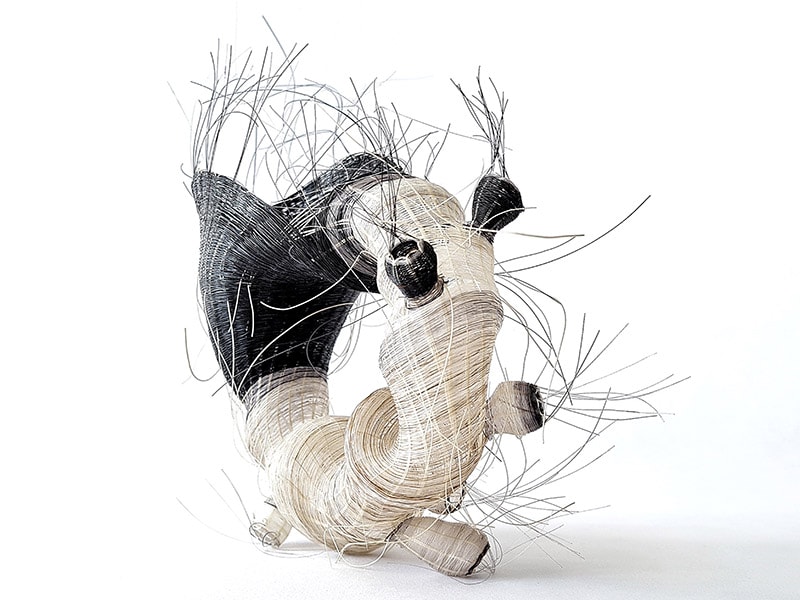
- Rita Soto hails from Chile.
- For her Susan Beech Mid-Career Grant application, she proposed to produce an oral history of contemporary jewelry made by women in South America. She planned to travel around the continent and collect stories from women artists to create an archive and micro-documentaries accessible online.
- Soto was a LOEWE Craft Prize 2018 finalist. She founded the La Joia Jewelry School, where she teaches, in 2012. She’s a member and the president of the Joya Brava Contemporary Jewelers Association for the 2014–2018 and 2022–2024 periods.
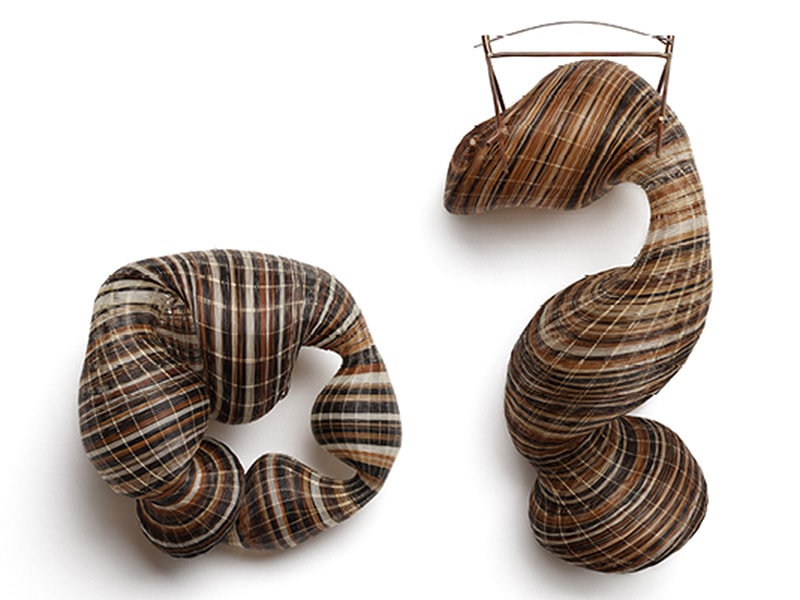
Art Jewelry Forum: Congratulations on being one of the finalists for the 2023 Susan Beech Mid-Career Grant—what an accomplishment! Please tell us about yourself. How did you become interested in making jewelry? What inspires your work?
Rita Soto: It all started in 2002. That year I graduated as a designer, as a mother, and as a jewelry apprentice. I was pregnant with my son and asked my father, a traditional jeweler, to teach me how to work with metals. I didn’t imagine it would be a trade that would accompany me for so many years.
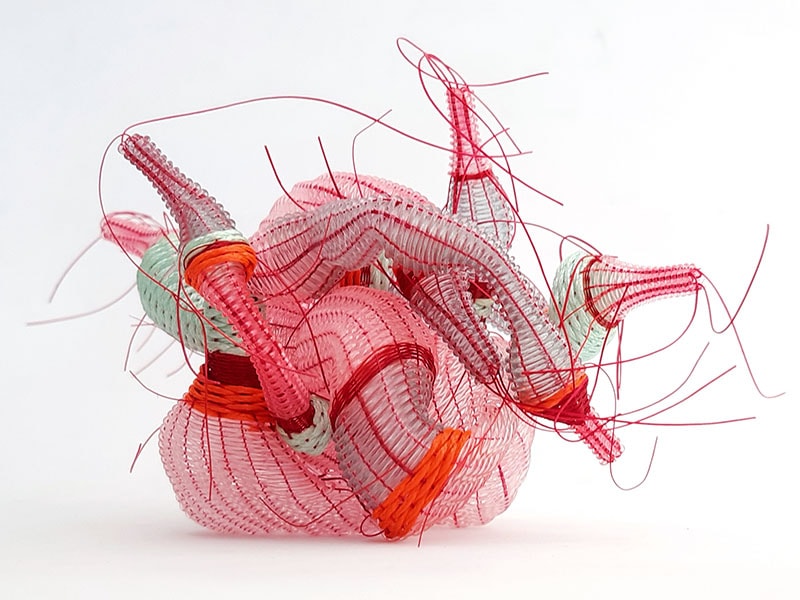
Over the years I had the opportunity to connect over my work as a designer with various artisans who worked with natural fibers. This gave me the opportunity to exchange knowledge and experiences between design and crafts, a very relevant process in the subsequent construction of my work. From these techniques and materials, I was able to shape forms that inspired me but that metal did not allow me to build. It overturned an entire imaginary, with emotions and reflections on the fabric and the filaments. Everything is inspiration, what we want to share and tell with sincerity, from our most intimate territories. From experimentation and most relevantly, the challenge imposed by the dialogue of the works with the body, our canvas.
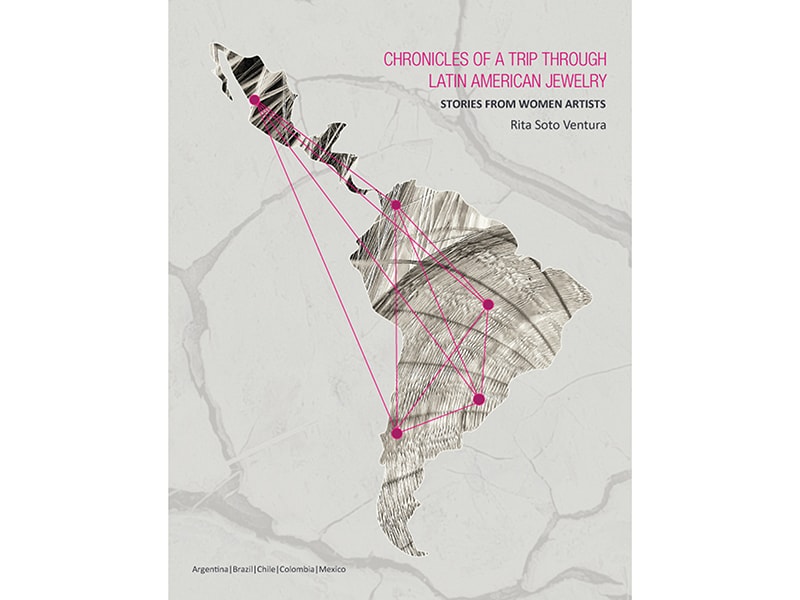
Tell us about the project with which you applied for the grant.
Rita Soto: In this small field of art jewelry, Latin America is beginning to make history, defining art jewelry, arguing for it, documenting it. We have been recognizing ourselves for some years, generating milestones that allow us to get closer and talk about what we do.
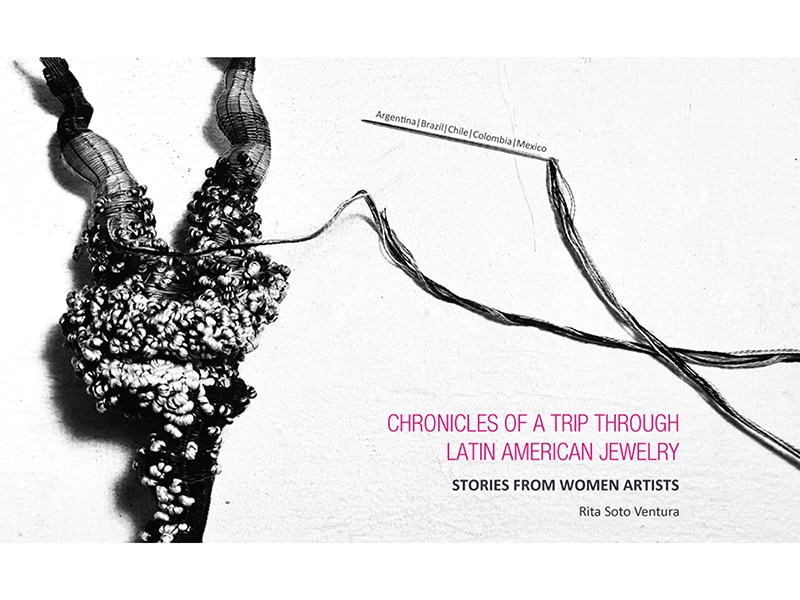
My project is titled “Chronicles of a Trip through Latin American Jewelry: Stories from Women Artists.” This project proposes a look and a search for worlds that are not everyday ones, generating a travel chronicle, a search for local stories in five countries connected by the region’s art jewelry: Argentina, Brazil, Chile, Colombia, and Mexico.
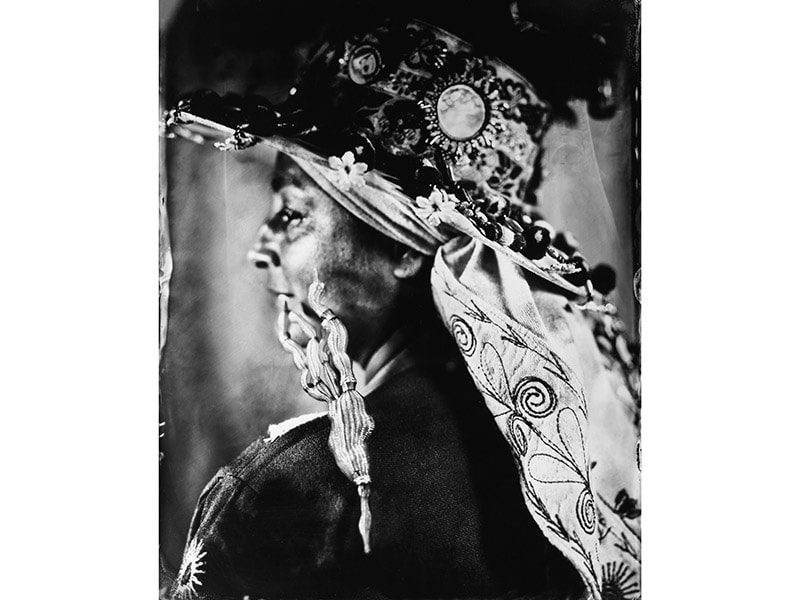
In my 21 years dedicated to jewelry in Chile, and from my experience in the international field of the discipline, I appreciate how the number of jewelers in Latin America has increased and how this growth is made up mainly of women. I have been part of the Chilean Contemporary Jewelry Trade Association: Joya Brava for 11 years, and currently I once again hold the role of president of the association, working in depth on the generation of projects that promote, disseminate, and make this discipline visible.

The association also connects with other groups and groups from other countries in the region. To give an example, today Joya Brava has 26 members, only women, and we are the only jewelry trade association in Latin America, which has generated concern and curiosity in me to understand and respond to why this is. From my point of view as a Latin American woman, artist, designer, and jeweler, it is relevant to me to know and make known these worlds of women who are dedicated to jewelry—from the generation of work, teaching, dissemination, curatorship, students, exponents, and references in and of their countries—in order to put together a stage, a platform, of art jewelry in each country from the voice and gaze of its actors. From a common territory and language, we can create a common scenario.

How do you think being a finalist will affect you? Will it influence you in the future?
Rita Soto: I am not so clear about it, but I hope that disseminating these proposals will bring us closer to supporting spaces, to managing and financing these ideas, and that they will allow us to make these spaces that seek to benefit the discipline from our continent a reality.

What about the field of art jewelry excites you?
Rita Soto: The topics that are addressed. Art jewelry in Latin America is an artistic discipline where sensations and reflections converge. Works that, from the female perspective, speak to us about various topics: social and political conflicts, colonialism and identity, climate and environmental crisis, racism, classism, inequality, feminism, rights, philosophy, resistance, heritage and crafts, native peoples, religion and ancestrality, among many other concerns. And since we have managed to capture all this in a piece of jewelry, it is fascinating!!
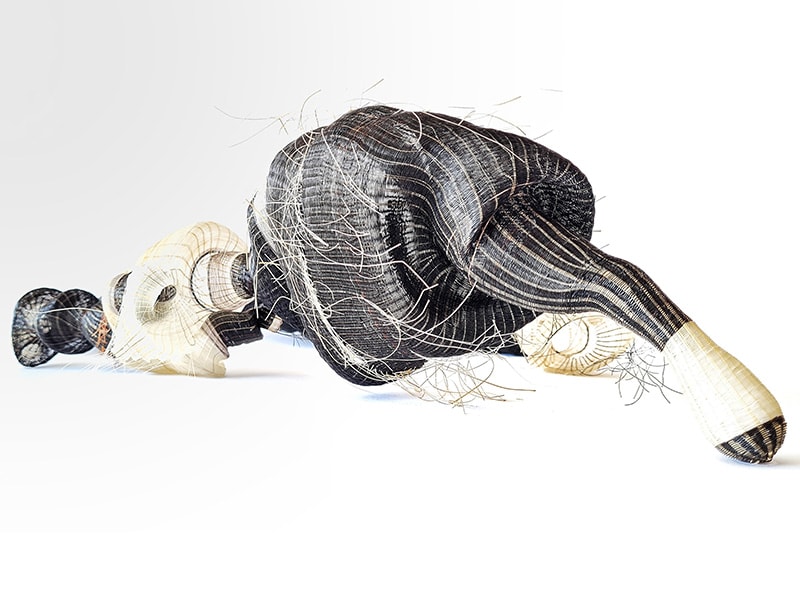
Have you experienced any frustrations with the field? If so, please describe them.
Rita Soto: What can be frustrating sometimes is how difficult it is to make a living from art jewelry, being able to afford the time invested in the creation of a new series. To afford it, in many cases you must engage in other activities, so you become a teacher. Many jewelers survive mainly by giving classes in institutions, universities, or private schools. You’re also a manager, searching for funds to finance your projects and trips. And a web designer and community manager, because you must be active in RRSS (ed: digital marketing), and you develop graphics for your posts, in addition to keeping your website updated.
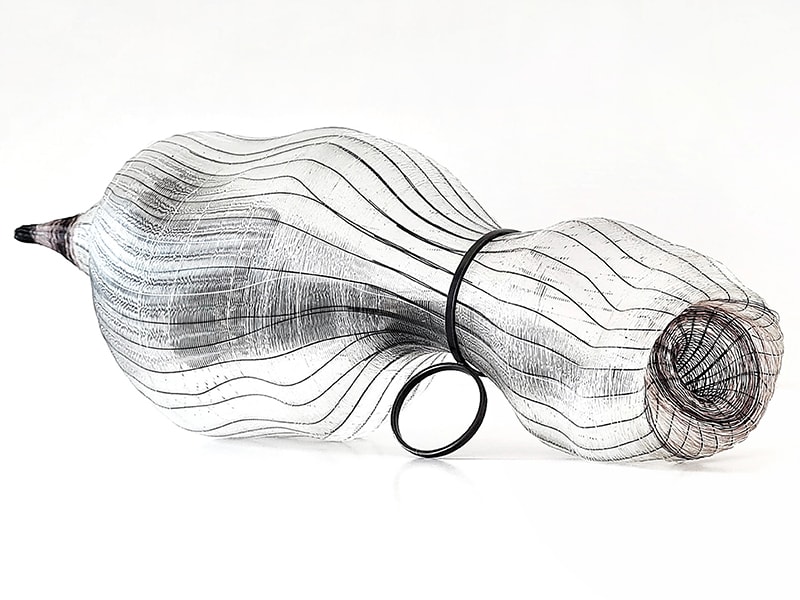
If you participate in fairs you must learn to sell your work and sometimes even keep the accounts of your small business, haha, and if you also want to be part of the construction and visibility of the discipline in your country, you have to work collectively in the construction of projects and ideas that can contribute and motivate both the jewelers and the generation of new audiences.
Even with all this madness and how frustrating it can become sometimes, it’s a world that I’m passionate about.
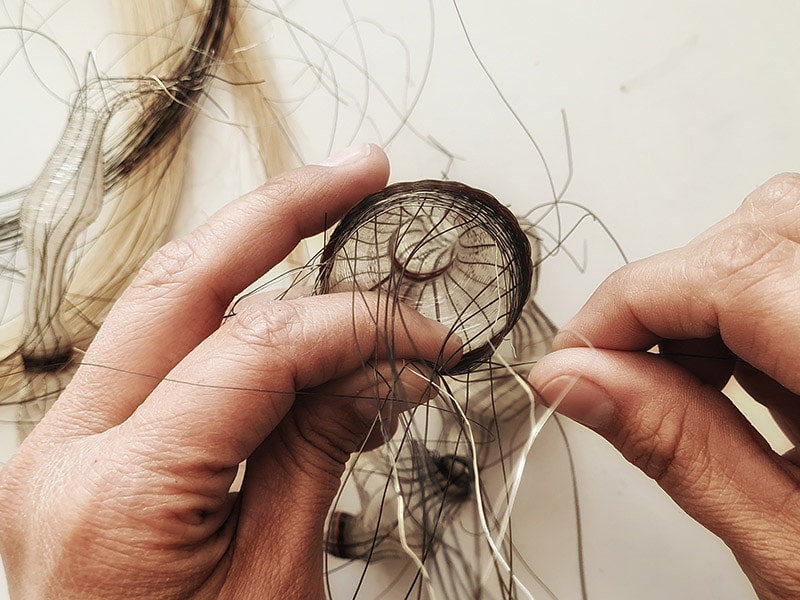
In what direction do you think art jewelry as a whole is going? Do you see any new and inspiring trends?
Rita Soto: As I mentioned earlier, the fact that it is a discipline made up mainly of women, this opens a space to get the voice of our gender out. In times where feminism is present with greater strength and connectivity, I feel that it becomes that space of art that was stolen from us, denied, where we were made invisible. This is our field, where we can shout what we feel, build on our scale, freely, with authorship, with our name and surname, breaking down barriers of social class, gender, and ethnicity.
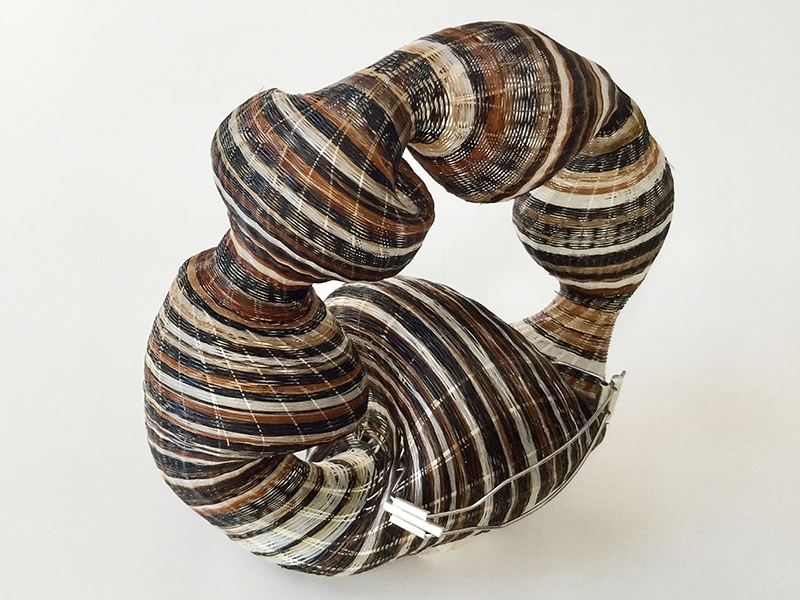
Where would you like your practice to be five years from now?
Rita Soto: I would like it to be in schools, in Latin American universities, in museums, in cultural spaces, walking through the streets.
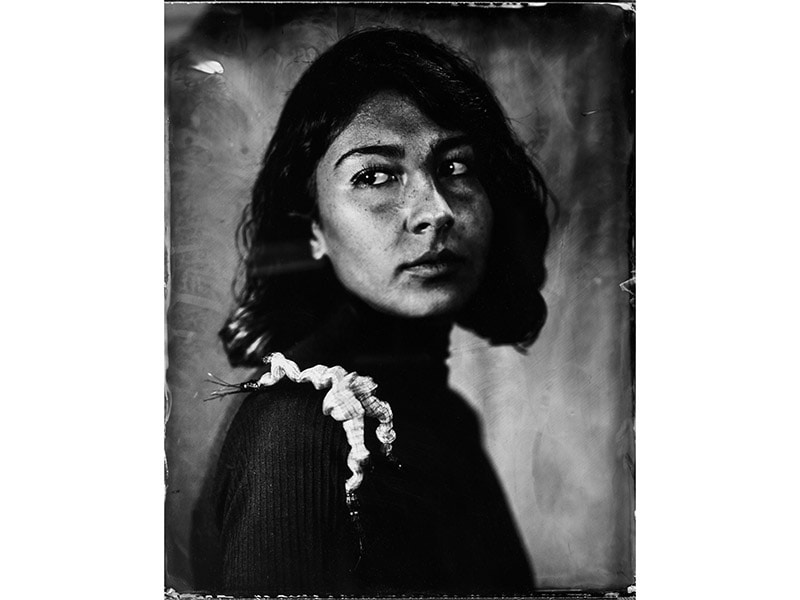
Please tell us and our readers about your plans in the near future.
Rita Soto: Continuing with the theme of Latin American art jewelry, I have been able to bring together a beautiful group of 10 jewelers from Argentina, Brazil, and Chile to exhibit at the upcoming 2023 edition of Contemporania High Craftsmanship Fair, in Barcelona September 28–30, with the exhibition Sudakas—The Inhabitants of the South.
In October 2024, the 4th Latin American Biennial of Contemporary Jewelry will be held in Santiago de Chile: CO Devenir: “Narratives for Possible Futures.” It is a great project organized by Joyeros Argentinos and Joya Brava. We are working hard to make it a great event. We will invite the entire Latino community to be part of the Biennial. We will have various activities such as workshops, talks, and prizes. In parallel we are organizing a great exhibition circuit of art jewelry with Joya Brava, Ruta Brava—Spaces for Art Jewelry. We will summon various groups, schools, and artists to be part of it, as well as invite the public, gallery owners, collectors, critics, artists, curators, and students to visit us to the south of the south! I imagine that all the readers and adherents of AJF will feel motivated to join us.
